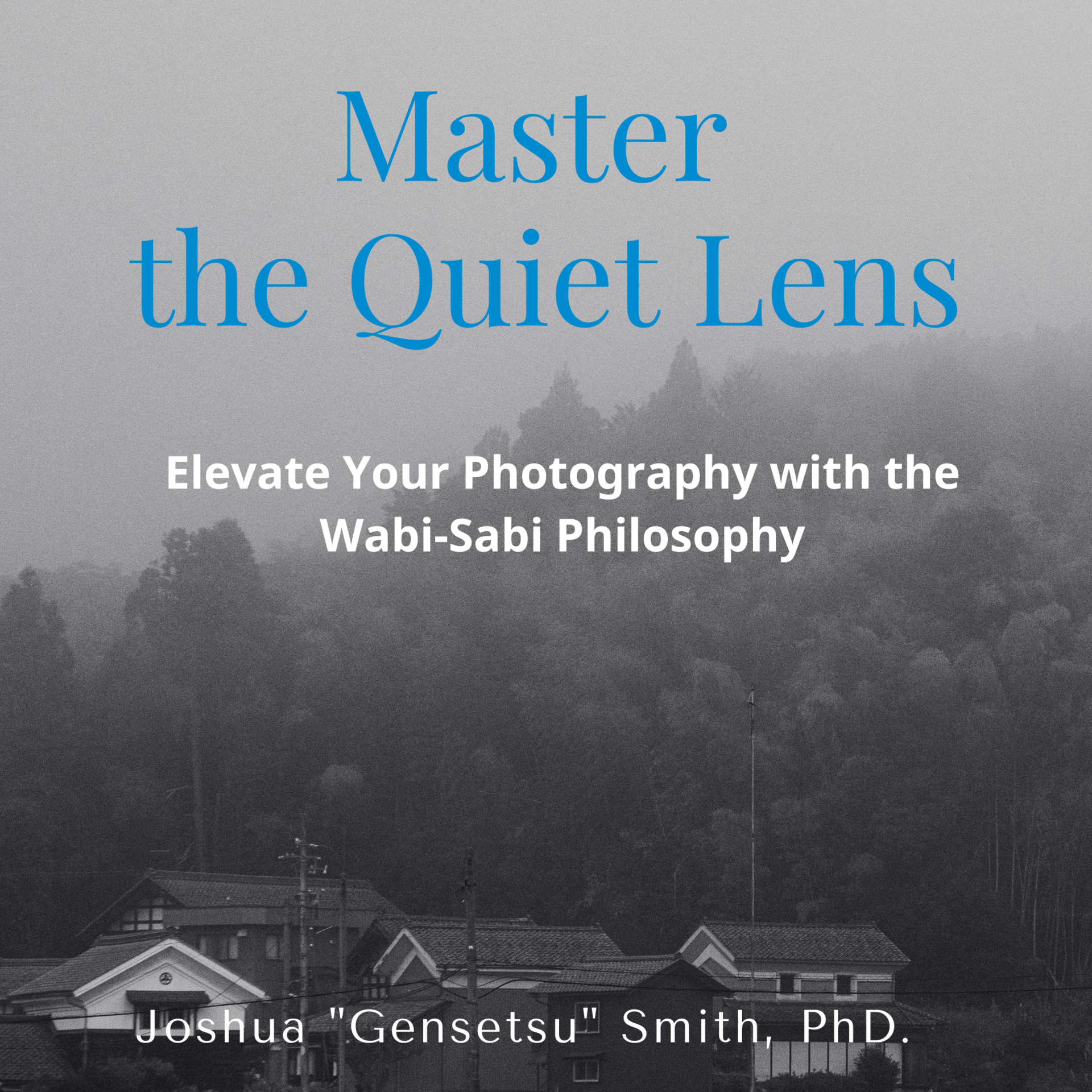Things that deepened my practice this week
We’re exploring the northern island of Hokkaido this month and are loving it. I’ll be sharing with you how this area does a great job of balancing modern living with nature. I think we are falling in love with this place!
You've been looking at the forest wrong.
Not because your eyes don't work. But because your mind does—too well, in fact.
Your brain is a prediction machine, constantly filtering reality through expectation. It shows you what you expect to see, not what's actually there.
Until you learn to see like the forest itself sees.Check out my website
The Practice That Changes Your Perception
Watch: Forest Bathing Vision: The Japanese Photography Secret That Will Change How You See Everything
Shinrin-yoku—forest bathing—isn't about exercise or fresh air, though those help.
It's about perception.
When you photograph forests with this approach, something shifts. The camera becomes not a tool for capturing, but a tool for seeing.
The KYOTOGRAPHIE Insight
At the 2025 KYOTOGRAPHIE International Photography Festival, curators explored "two distinct cultural perspectives: the Japanese and the Western."
"Western traditions often highlight individuality, autonomy, and the centrality of humans in the world, celebrating personal freedom and universal moral principles. In contrast, the Japanese concept of humanity is deeply relational, emphasising harmony and interdependence, and viewing humanity as inseparable from the natural world."
This philosophical split shows up in how we photograph forests.
Western photographers go into forests to capture something. Japanese photographers go into forests to be captured by something.
The Vision Problem
Your eyes scan forests looking for subjects:
That perfect tree
That beam of light
That dramatic composition
But the forest isn't made of subjects. It's made of relationships.
The way light filters through layers of canopy. The way moss softens stone edges. The way silence has texture.
These aren't things you can point at. They're things you can only feel—if you slow down enough.
Looking for unbiased, fact-based news? Join 1440 today.
Join over 4 million Americans who start their day with 1440 – your daily digest for unbiased, fact-centric news. From politics to sports, we cover it all by analyzing over 100 sources. Our concise, 5-minute read lands in your inbox each morning at no cost. Experience news without the noise; let 1440 help you make up your own mind. Sign up now and invite your friends and family to be part of the informed.
How to Practice Forest Vision
Enter without agenda Don't hunt for shots. Walk until something stops you.
Breathe with the forest Match your rhythm to the space. Five deep breaths minimum before raising your camera.
Photograph what you feel, not what you see If the forest feels ancient, photograph antiquity. If it feels alive, photograph aliveness.
Embrace blur and abstraction Perfect sharpness captures surface. Intentional blur captures essence.
Return to the same place The forest changes. Your seeing changes. The photographs change.
The Wabi-Sabi Principle
Perfect photographs are often dead photographs.
They capture everything technically right and nothing emotionally true.
Wabi-sabi—finding beauty in imperfection and impermanence—teaches that the crack in the bowl, the moss on the stone, the blur in the frame might be the most honest elements.
They remind us: This is a moment. Not a monument.
Share the Buzz Now!
Share the Creativity with Your Friends!

This newsletter goes out every week. Forward it to someone who needs more breathing room in their life.
Here’s your personalized referral link that you can copy and paste easily on any social media channel or DM:
From My Studio
Stop Chasing Perfection. Start Capturing Soul.
In a world obsessed with flawless images and endless filters, discover the transformative power of wabi-sabi—the Japanese philosophy that finds profound beauty in imperfection, impermanence, and simplicity.
In this comprehensive 6-8 hour course, you'll learn to:
Find extraordinary beauty in ordinary moments through weathered textures, fleeting light, and natural imperfections
Master minimalist compositions that speak volumes with less
Capture authentic emotion by embracing flaws instead of hiding them
Develop your unique artistic voice rooted in mindfulness and presence
Transform urban decay into visual poetry through the wabi-sabi lens
A Final Thought
The camera doesn't lie.
But it only tells the truth when you bring truth to the camera.
Forest bathing vision isn't a technique. It's a way of being present enough to see what's always been there.
The forest doesn't hide its secrets.
We're just usually too busy looking to actually see.
Until next week,
Josh & The Shizen Style Team 🌸
P.S. Next time you're in a forest with your camera, try this: Spend fifteen minutes just breathing and observing before you take a single photograph. Notice how different your images become when you photograph from presence instead of habit.




